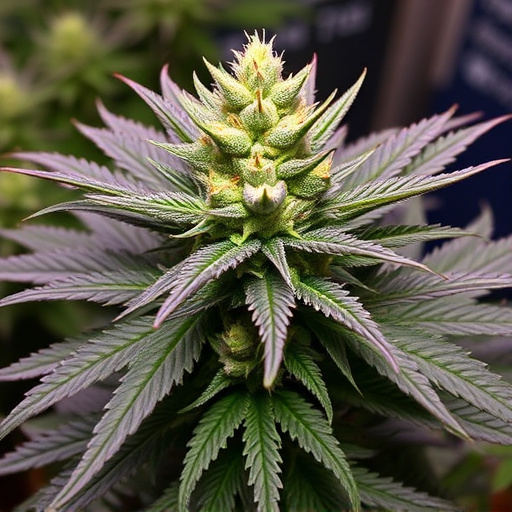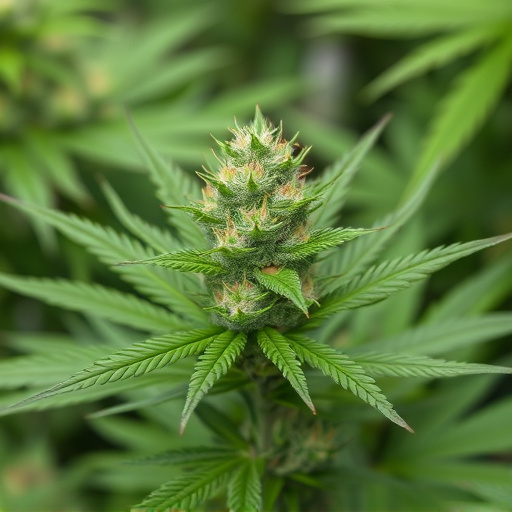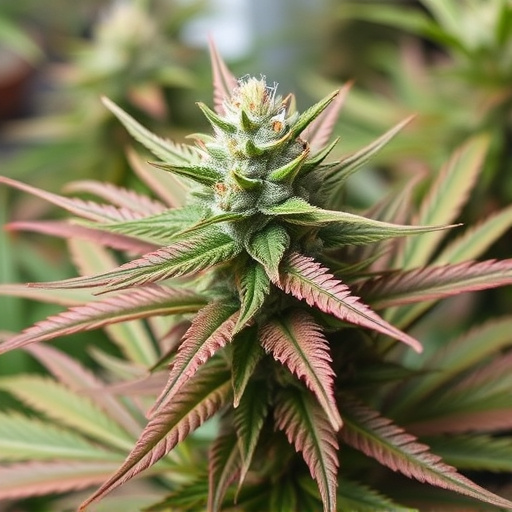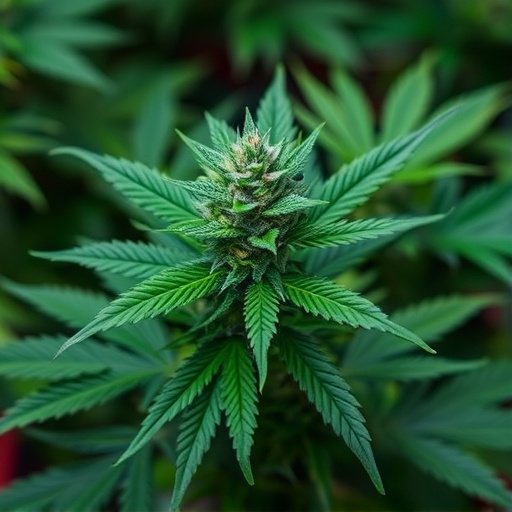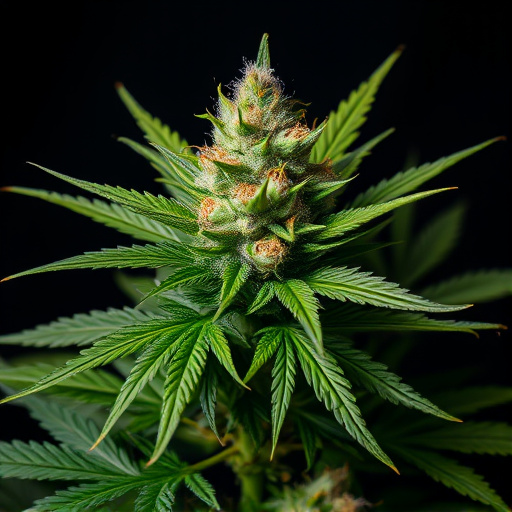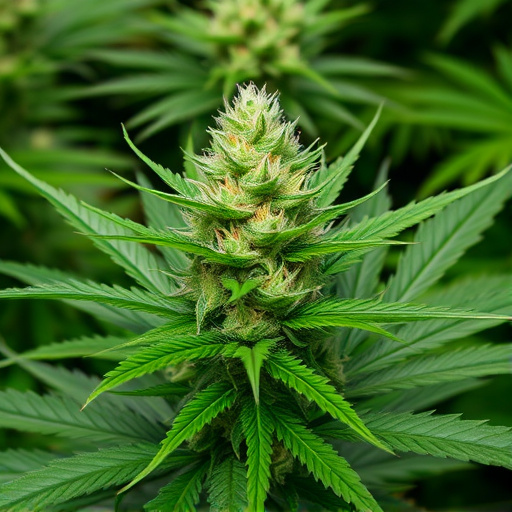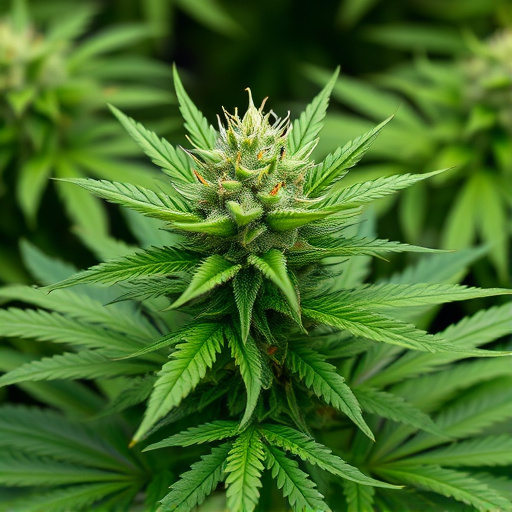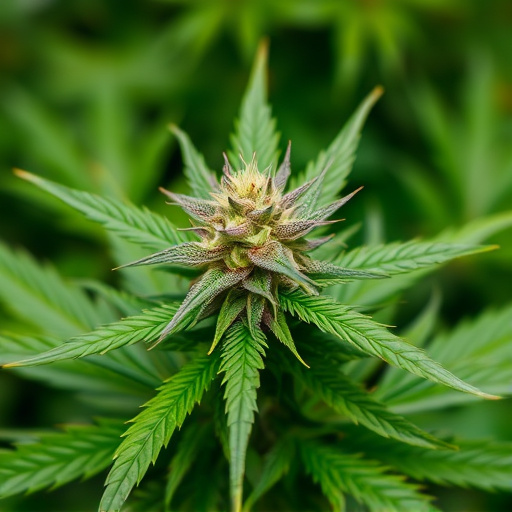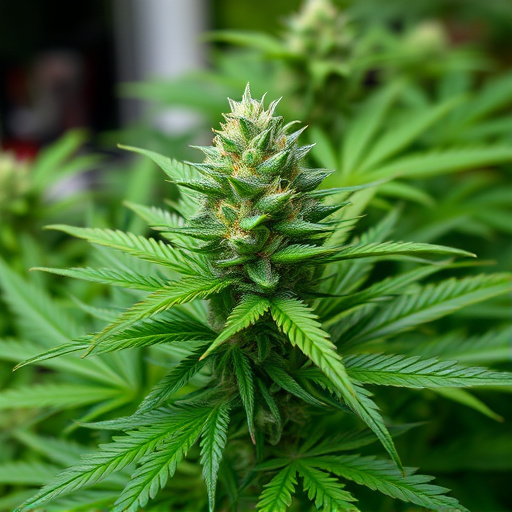Cannabis sativa strains provide therapeutic and recreational benefits but pose health risks, especially with regular consumption. High THC levels can increase chances of psychotic disorders, anxiety, and depression, particularly in young users. Short-term effects include altered perception and heightened heart rate. Responsible use involves understanding strain THC content, controlling dosage, and choosing high-quality products to minimize these risks, ensuring safety, especially for those with pre-existing mental health conditions.
“Cannabis sativa strains, while known for their therapeutic potential, carry inherent risks. This article delves into the potential health hazards associated with these strains, exploring both physical and psychological side effects. We examine how varying THC levels contribute to adverse reactions and discuss strategies to mitigate risks through safe consumption practices. Understanding these considerations is vital for users aiming to navigate the complexities of cannabis sativa strains responsibly.”
- Potential Health Risks Associated with Cannabis Sativa Strains
- Side Effects and Psychological Impacts
- Mitigating Risks: Safe Consumption Practices for Cannabis Sativa Strains
Potential Health Risks Associated with Cannabis Sativa Strains
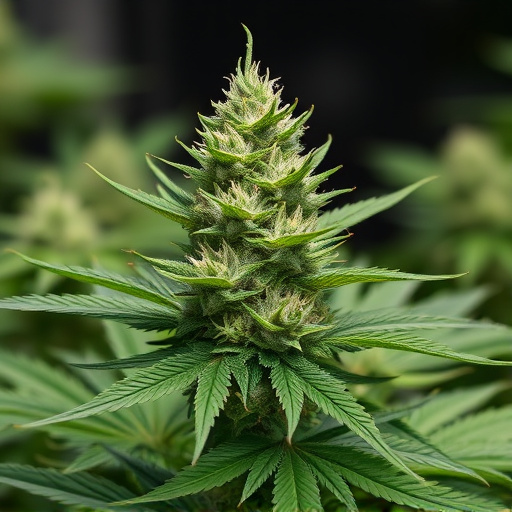
Cannabis sativa strains, while known for their potential therapeutic benefits, also carry certain health risks that users should be aware of. One of the primary concerns is the impact on mental health. Regular consumption of high-THC cannabis sativa strains may increase the risk of developing psychotic disorders, particularly in individuals with a predisposition to such conditions. Studies have linked heavy cannabis use to an elevated chance of experiencing anxiety, depression, and other mental health issues, especially when starting at a young age.
Additionally, the respiratory system can be affected by frequent cannabis sativa strain consumption. Smoking any substance, including cannabis, can lead to respiratory problems such as chronic bronchitis and increased susceptibility to lung infections. The potential for short-term risks includes coughing, wheezing, and difficulty breathing, especially in individuals with pre-existing respiratory conditions. These health risks highlight the importance of responsible use and understanding the specific strains one is consuming.
Side Effects and Psychological Impacts
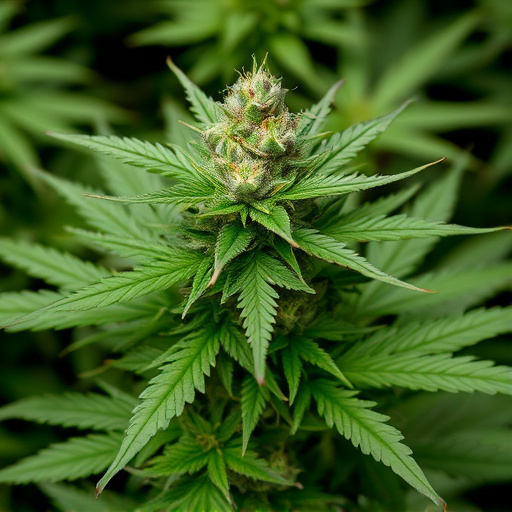
Cannabis sativa strains, like any other substance, come with potential side effects and psychological impacts that users should be aware of. Short-term effects may include altered perception, increased heart rate, anxiety, and paranoia—especially in individuals new to cannabis use or those consuming higher doses. These experiences can vary widely based on the specific strain, method of consumption, and individual tolerance and mental health status.
Psychological impacts can extend beyond acute effects. Regular cannabis use has been linked to potential long-term mental health issues, particularly in young people whose brains are still developing. This includes an increased risk of psychosis, anxiety disorders, and depression. The impact seems to be more pronounced with higher concentrations of tetrahydrocannabinol (THC), the primary psychoactive compound in cannabis. Therefore, understanding the strain’s THC content and its potential effects is crucial for minimizing risks associated with cannabis sativa strains.
Mitigating Risks: Safe Consumption Practices for Cannabis Sativa Strains
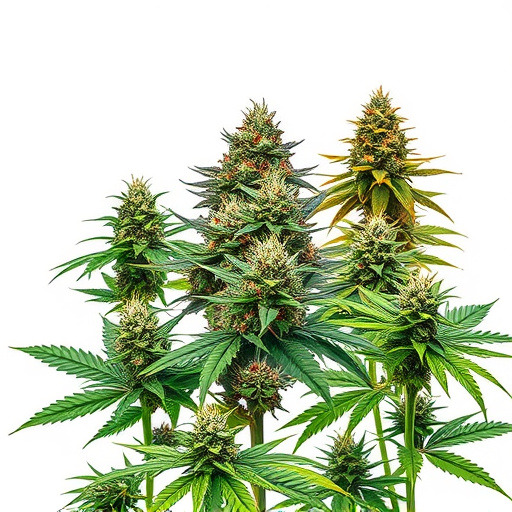
To mitigate risks associated with cannabis sativa strains, adopting safe consumption practices is paramount. These include controlling dosage and frequency of use to avoid potential mental health impacts, especially in individuals predisposed to conditions like anxiety or psychosis. Consuming cannabis in a regulated environment, preferably with other users for support, can also help manage any adverse effects.
Proper preparation methods, such as decarboxylating the plant material before consumption, enhances the safety of cannabis sativa strains. Decarboxylation reduces THC levels and increases CBD accessibility, offering a more balanced and potentially less overwhelming experience. Additionally, choosing high-quality sources and lab-tested products ensures purity and minimizes the risk of consuming unwanted contaminants.
While cannabis sativa strains offer potential therapeutic benefits, it’s crucial to be aware of the associated risks. From side effects like anxiety and paranoia to longer-term psychological impacts, understanding these dangers is essential for safe consumption practices. By adopting responsible use guidelines, individuals can mitigate the risks linked to cannabis sativa strains while harnessing their medicinal properties.


